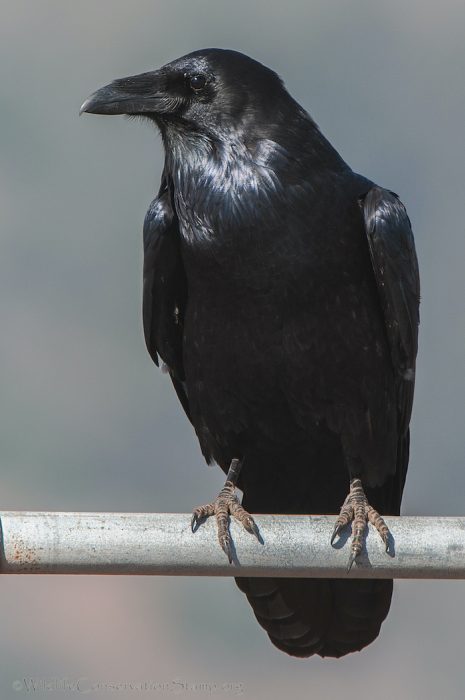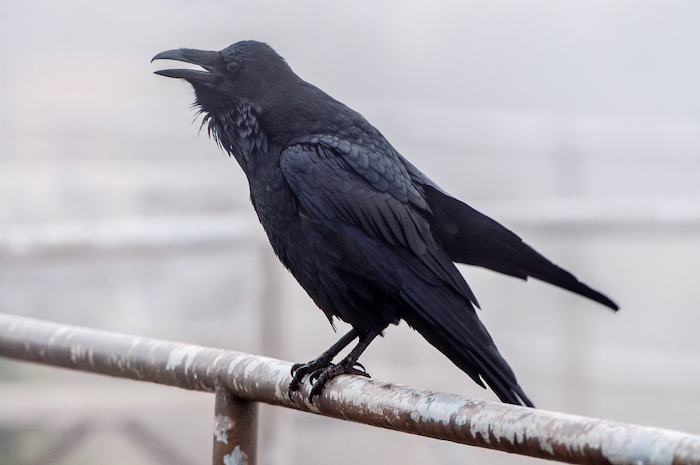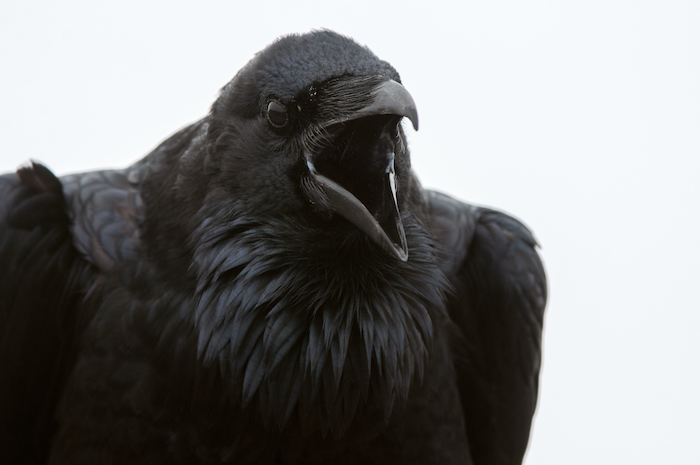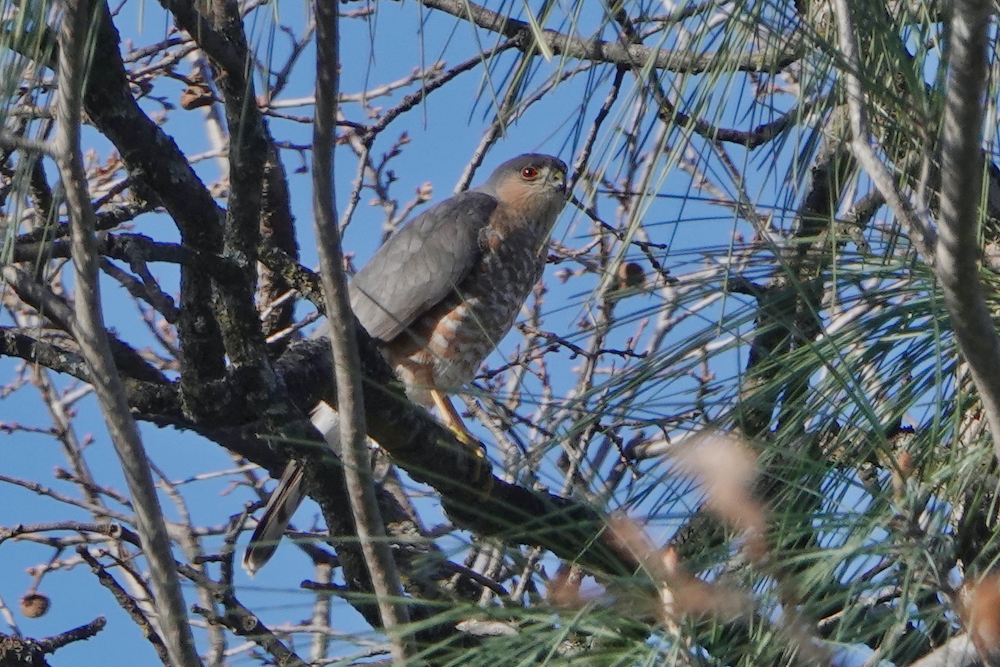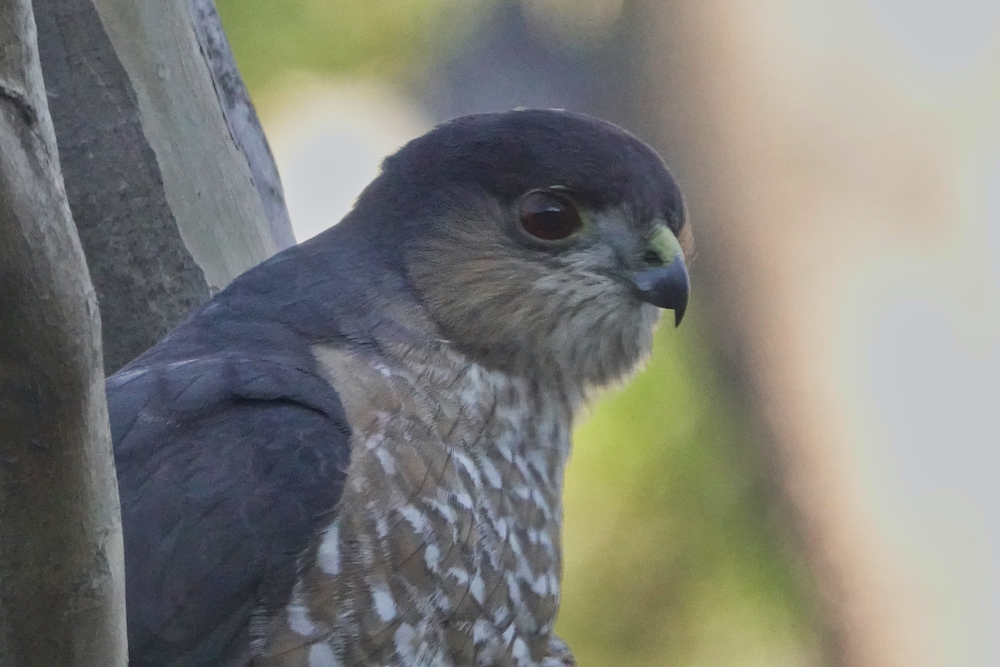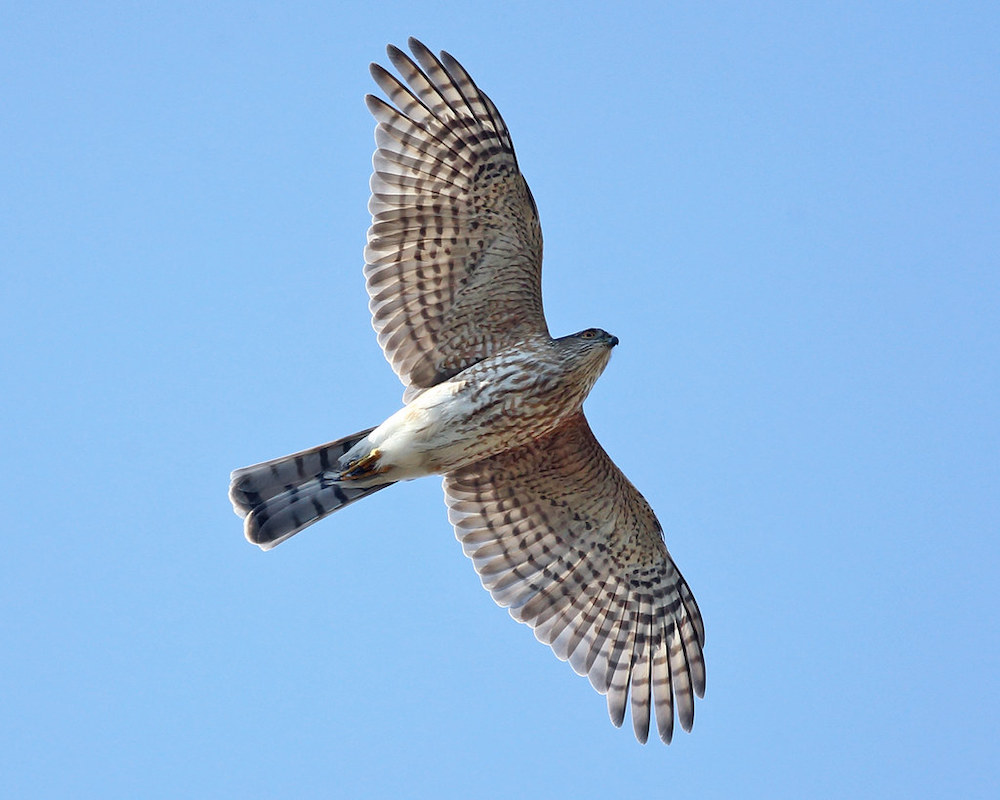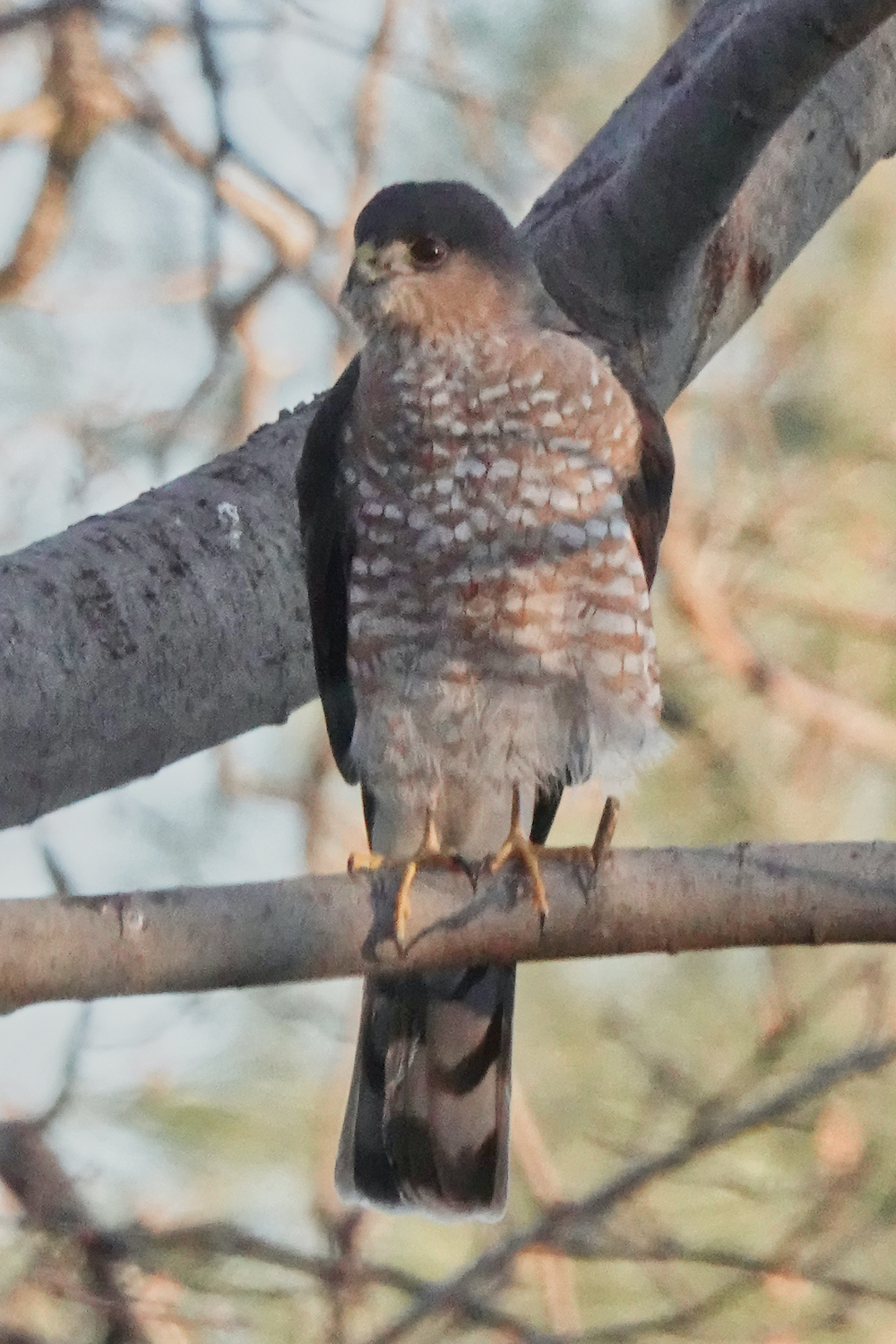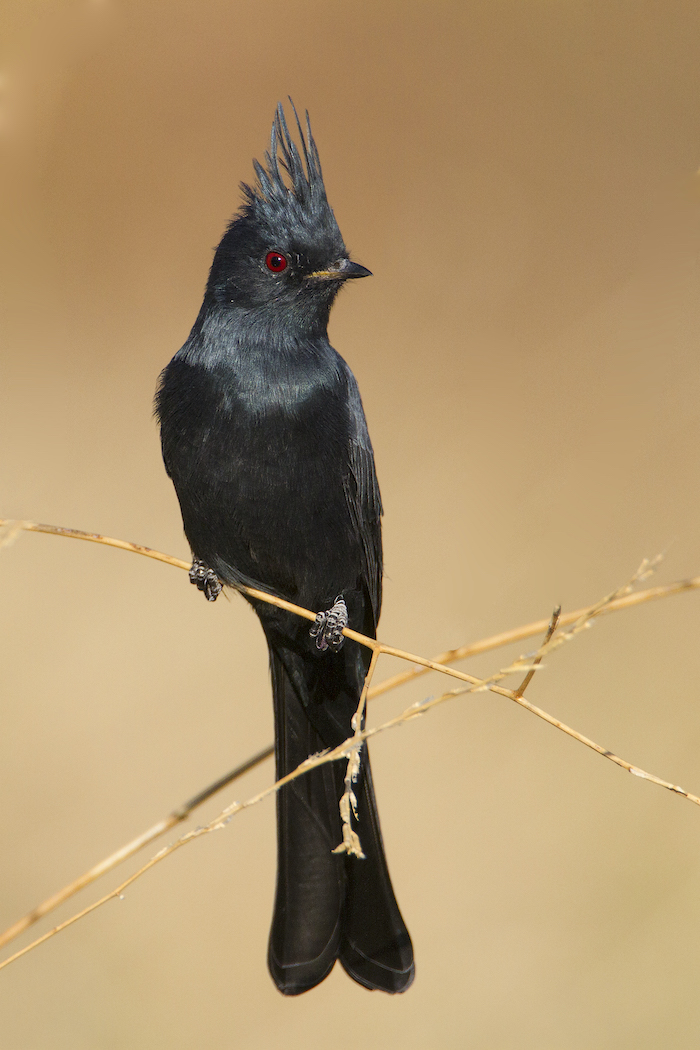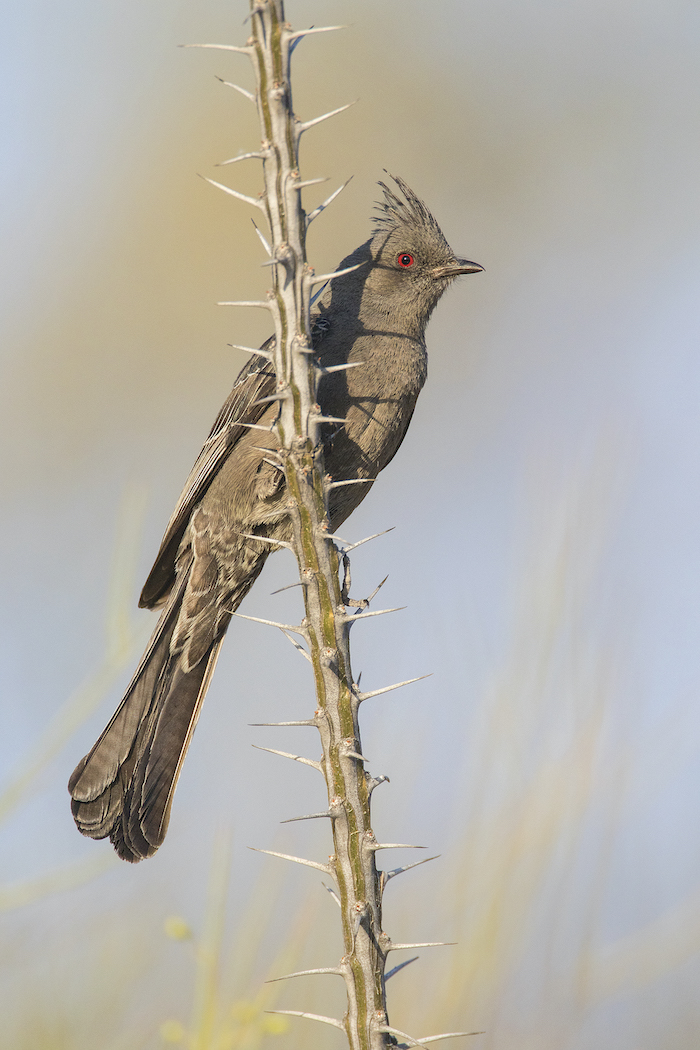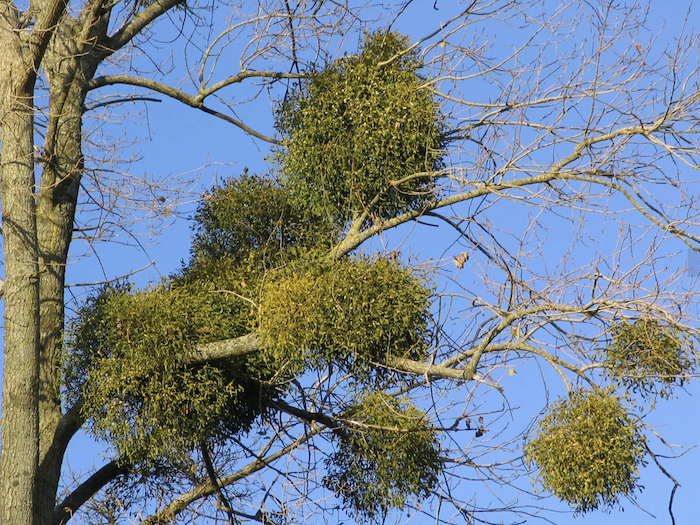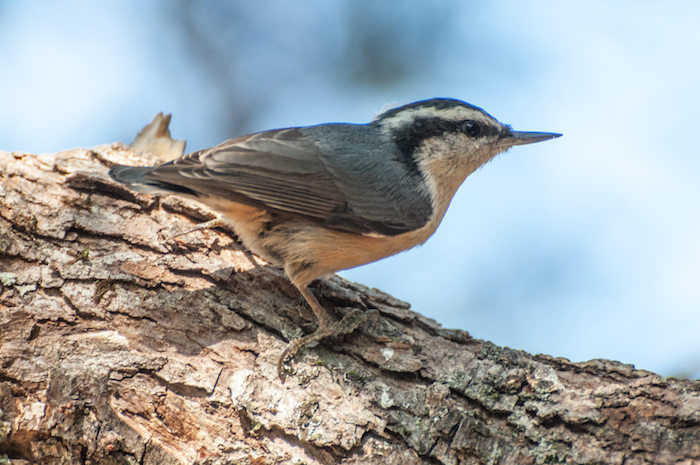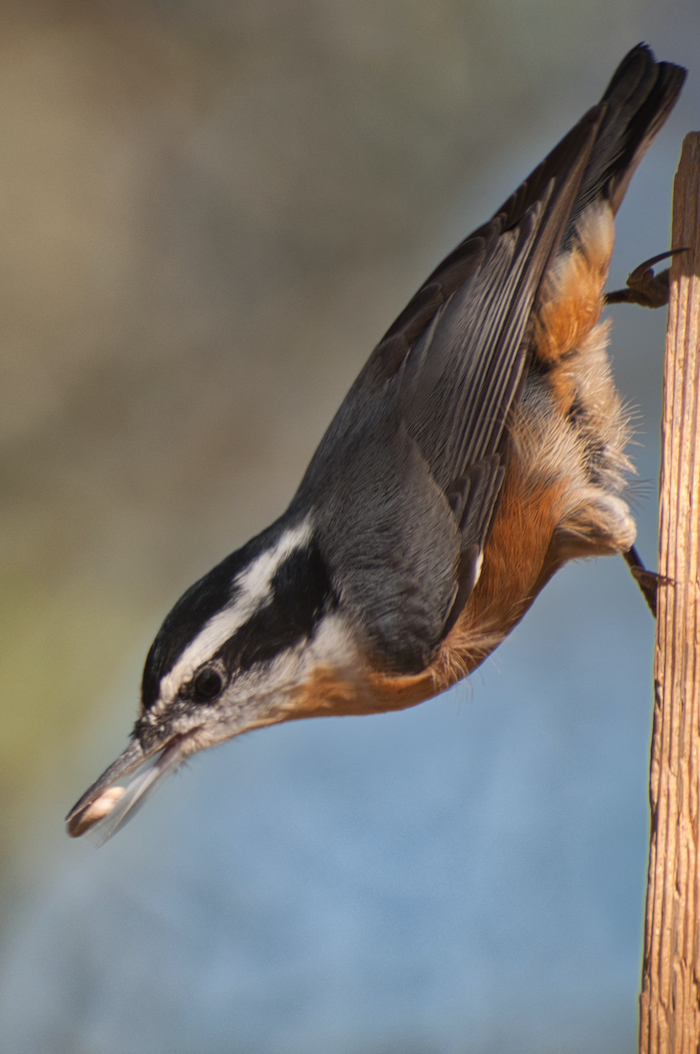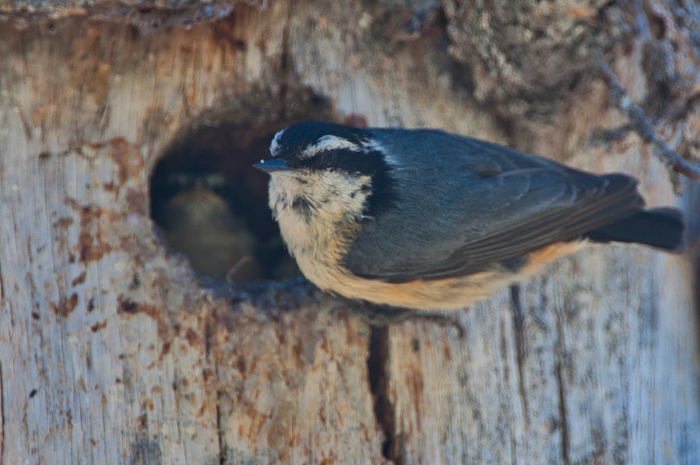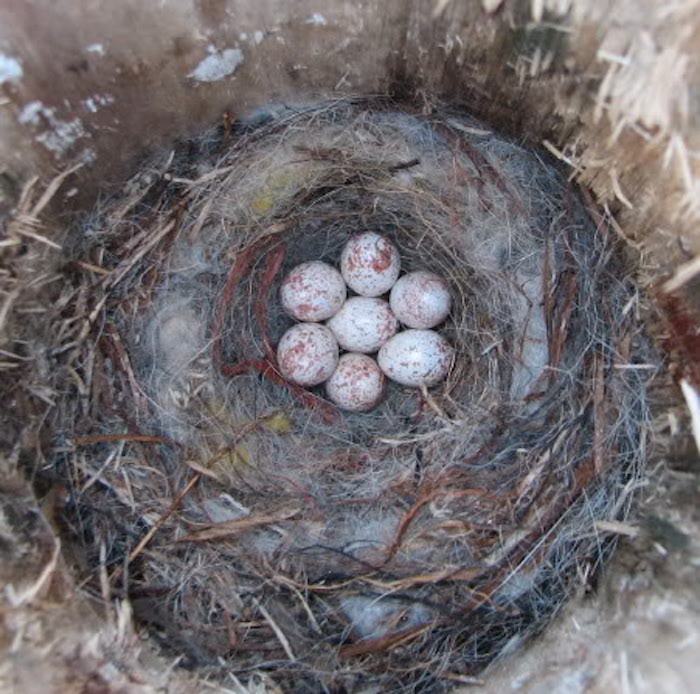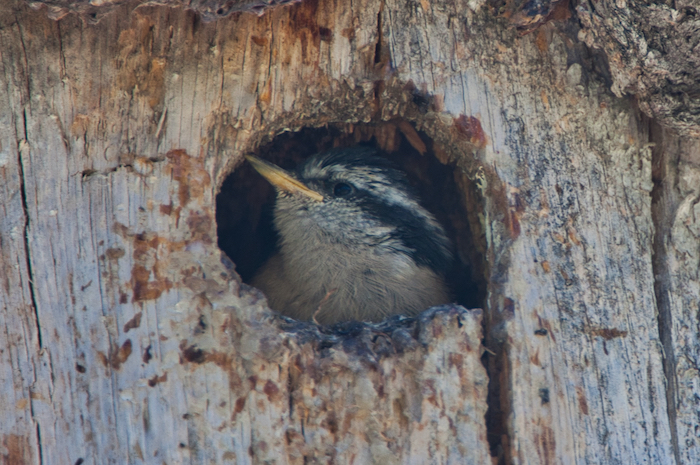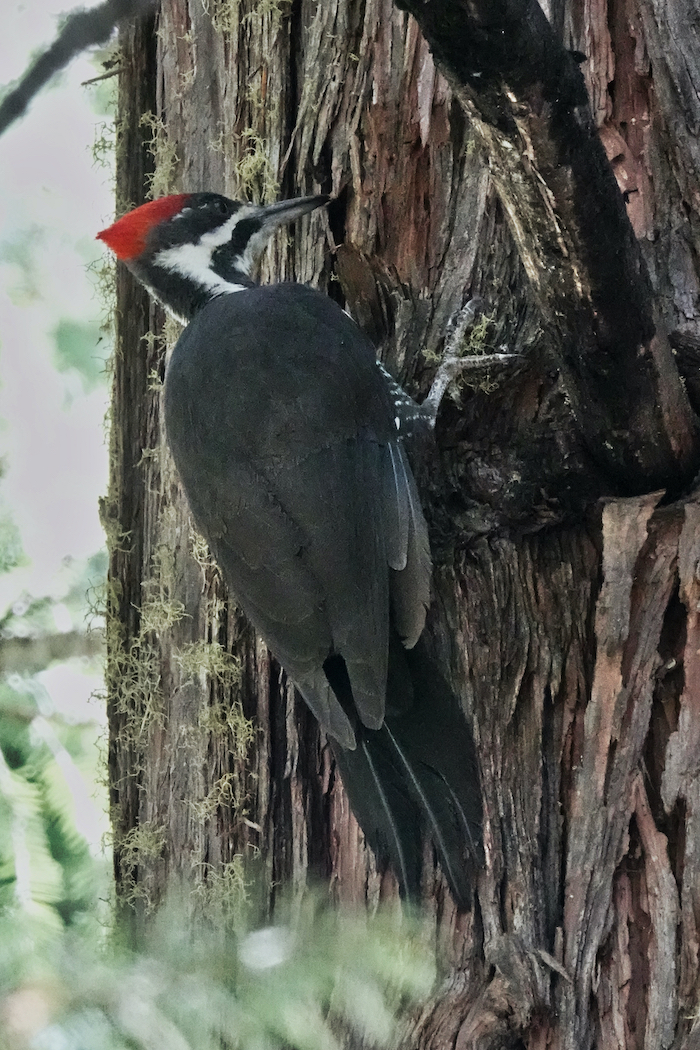
Santa Claus isn’t the only one in a pointy red cap who flies around in winter handing out presents. Pileated woodpeckers do, too. As a matter of fact, they fly year round, delivering gifts through large swaths of North American forests, mostly south of the reindeer.
Pileated woodpeckers thrive among big trees. They prosper in west coast conifers and arc across Canada into deciduous forests throughout the eastern US. Among the big trees, they build and deliver their gifts as only these largest woodpeckers in North America can.
Their gifts are staples of life–food and shelter. Their tools for delivering them are those of carpentry, or maybe jack-hammering–tools of woodpeckers generally, but writ large in these crow-sized birds.
First they need a firm foundation for their hammering. The three toes forward and one back that most birds have would be comparatively unstable. Woodpeckers instead have on each foot two toes forward and two back. This allows a solid grip at the variety of angles at which woodpeckers work.
Further, woodpeckers have stiff tails that function with their feet to create a sturdy tripod from which to work.
Well anchored, woodpeckers still need a stout, strong bill to pound and pry. These birds regularly punch wood at about fifteen miles per hour. With what are probably the continent’s most heavy-duty natural chisels, pileated woodpeckers excavate gaping holes in dead trees. However, the abrupt deceleration of smacking their heads into solid wood creates impacts up to fifteen times what humans can sustain–impacts that would shut down the NFL with concussion injuries. All their concussive pounding requires some protection for these bird brains. Fortunately, they have it.
Human hyoid bones, which anchor our tongues, are firmly based at the top of our throats. Woodpecker hyoid bones are anchored at the base of their upper bill and flex in two bands over and around the brain before curving up under it to root the tongue. This limber anatomy creates extra elastic length for the tongue, allowing woodpeckers to probe deeply after insects in their excavations. It also lets the hyoid bone act as a sort of seat belt around the brain, tightening against destructive sloshing inside the skull.
The hyoid can’t reduce the pounding to zero, however, and woodpeckers have another brain-protecting design. Their brains are oriented more vertically than ours. That spreads out the force of frontal impact over a larger area of the brain, effectively dissipating the blow of each whomp on wood.
With these tools for effective and sustainable wood-carving, the woodpeckers can make their gifts–presents not wrapped up with a bow but offering vitals to their forest neighborhoods.
The large, often rectangular feeding holes that pileated woodpeckers create expose their prime food, carpenter ants, to not just themselves but to wrens and other birds, too, a feast any time of year.
And their nesting cavities? The excavations of smaller woodpeckers often end up as homes for smaller birds–swallows, titmice, nuthatches, chickadees, bluebirds, etc. But pileated woodpecker cavities are super-sized, and can provide homes for bigger forest and woodland residents: numerous ducks–mergansers, buffleheads, and wood ducks; owls of various kinds; other woodpeckers that are upsizing; and many mammals, including squirrels, flying squirrels, different bat species, pine martens, and raccoons.
The efforts of pileated woodpeckers are a boon to the forests. Each year mated pairs select one of their many holes and there raise their brood of three to five young, ensuring that this avian Santa Claus keeps giving.

